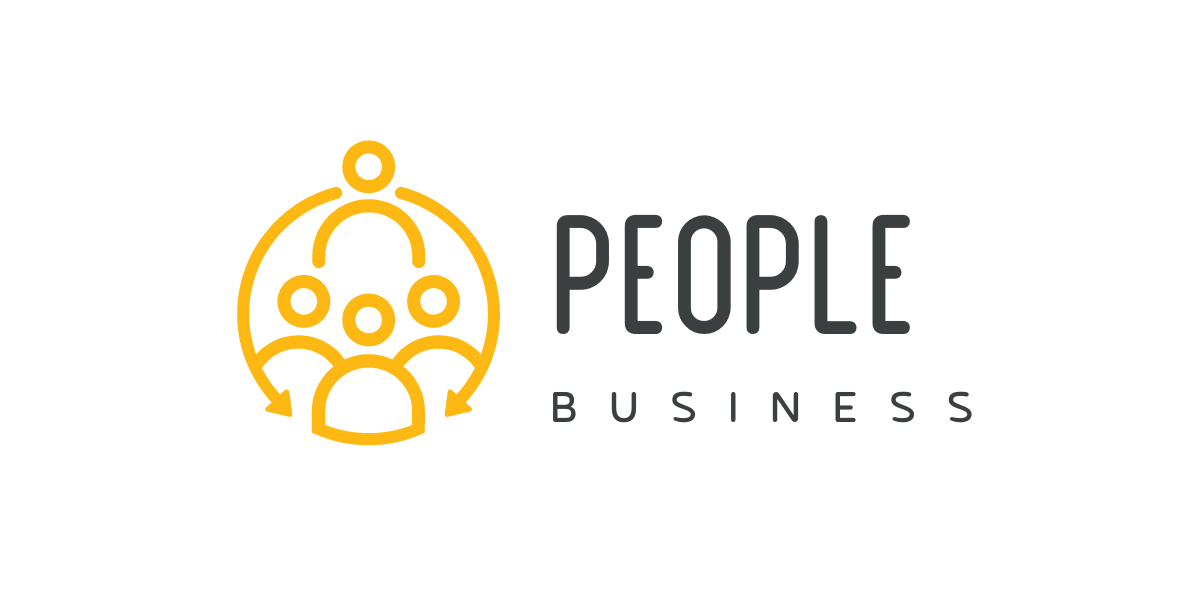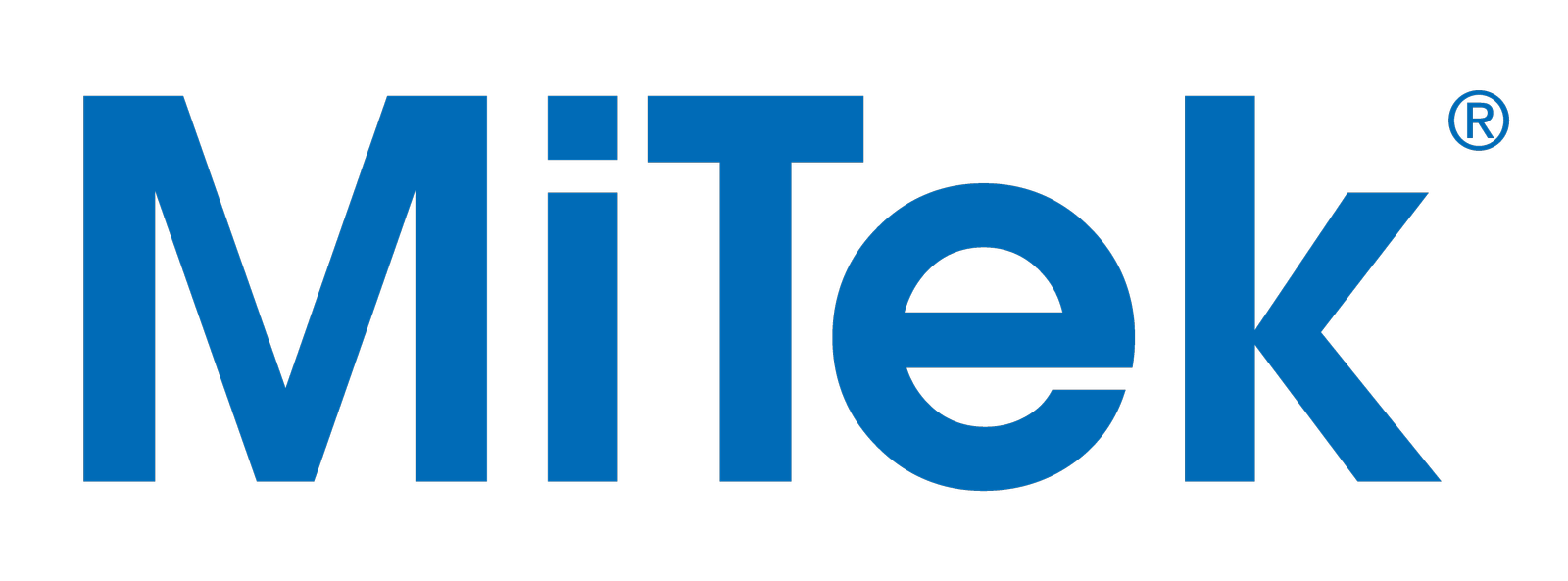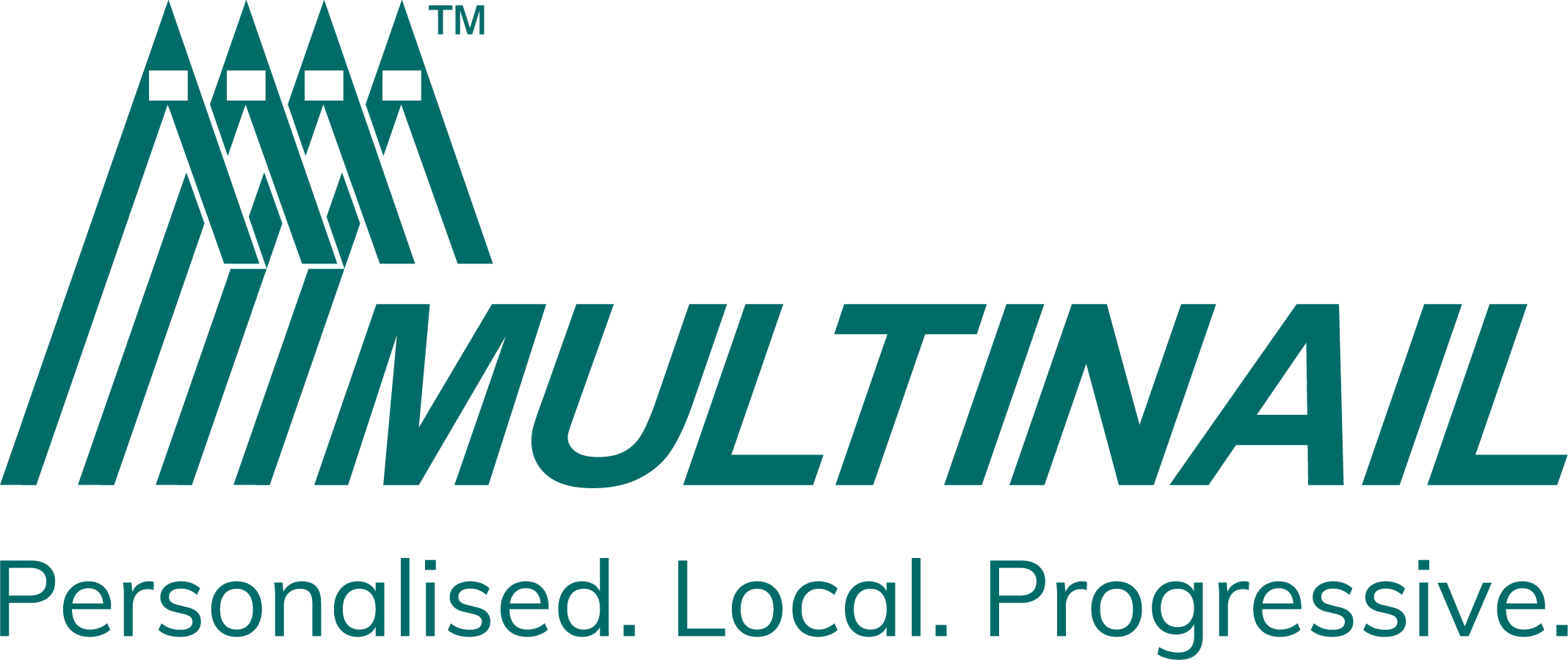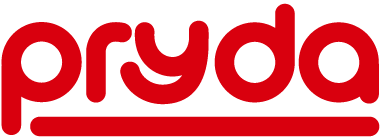
2023 is a huge year for change in employment laws and one of the foremost of those is what is happening with sexual harassment in a number of contexts.
The Albanese government committed to implementing all of the recommendations of the Respect@Work report which came out of the Australian Human Rights Commission’s Sexual Harassment National Inquiry.
That is resulting in lots of changes to employers’ obligations regarding sexual harassment, sexual discrimination and victimisation.
Introduction of a positive duty
On 28 November 2022, the Respect@Work bill was passed by Federal Parliament and this introduced a new positive duty on employers to implement measures to prevent sexual harassment, sex discrimination and victimisation.
The traditional compliance approach has been to develop policies and procedures, to educate your people about those, to require their compliance and to investigate and act on any complaints that are made.
That is no longer enough. The new “positive duty” essentially means that employers must undertake risk assessment and continuous monitoring of their workplaces to identify any risks and implement plans and actions to eliminate or control those risks. This positive duty took effect from December 2022.
This is similar to what is already required for management of physical workplace health and safety risks and what is being introduced State by State in relation to management of psychosocial hazards (one of which is sexual harassment).
Significantly, those risks could relate to anyone – not just an employee but contractors, customers, suppliers or any workplace participant.
New powers for Australian Human Rights Commission
From December 2023, the Australian Human Rights Commission (AHRC) will be able to exercise new powers to inquire into an employer’s compliance with the positive duty such that they can initiate action to address unlawful discrimination, instead of only relying on applicants to bring a claim.
The AHRC will also be empowered to apply to Federal Courts for orders to enforce compliance or enter enforceable undertakings with employers.
New role for Fair Work Commission
People have been able to apply to the Fair Work Commission for orders to stop sexual harassment since late in 2021.
From 6 March 2023, complaints of sexual harassment can be made to the Fair Work Commission which now has the power to award compensation to the complainant for past sexual harassment occurring from that date onward.
Other Jurisdictions
In addition to the jurisdictions that exist at the Fair Work Commission and that which will apply at the Australian Human Rights Commission, complaints can be made to:
- Worksafe (because sexual harassment is a psychosocial hazard),
- the Fair Work Ombudsman (because sexual harassment is a breach of the Fair Work Act) and to
- The Victorian Equal Opportunity and Human Rights Commission (where a positive duty to prevent sexual harassment, discrimination and victimisation already exists) and equivalent agencies in other States and Territories.
What is sexual harassment?
A person sexually harasses another person if they
- make an unwelcome sexual advance
- make an unwelcome request for sexual favours
- engage in other unwelcome conduct of a sexual nature in relation to the person harassed.
The first two of those are things that any reasonable person would see as clearly falling into the category of sexual harassment. It is the third one “unwelcome conduct of a sexual nature” that gets a bit murkier. Some examples of such conduct might include
- sexually suggestive comments or jokes;
- intrusive questions about private life or physical appearance;
- unwanted invitations to go on dates;
- unwanted written declarations of love;
- sending sexually explicit or suggestive pictures or gifts to a worker, or displaying sexually explicit or suggestive pictures, posters, screensavers or objects in the work environment;
- intimidating or threatening behaviours such as inappropriate staring or leering, sexual gestures, or following, watching or loitering;
- inappropriate physical contact, such as deliberately brushing up against a person, or unwelcome touching, hugging, cornering or kissing;
- sexually explicit or suggestive emails, SMS or social media (including the use of emojis with sexual connotations), indecent phone calls, circulating pornography or other sexually graphic imagery, or sharing or threatening to share intimate images or film without consent.
So, it isn’t just a question of someone trying to pressure someone into having sex, it is anything of a sexual nature which would potentially make someone uncomfortable whether in the physical or virtual workplace or online or on the phone or on social media i.e. in any setting and circumstance.
An important thing to remember here is that it doesn’t matter whether the harassment complained of was conscious or unintended – what matters is how that behaviour was interpreted by the person who perceives that they were harassed or that they were offended by such behaviour, whether directed towards them or towards someone else.
What employers need to do
We have come up with a simple model that sets out what employers need to do – the HEART Model of Positive Duty Compliance with 5 elements as set out in the image below.
If you practise all of these things, you will not only satisfy positive duties, you’ll also have a great workplace where people want to come to work and that is good for business.

Disclaimer
This article has been prepared to provide as accurate a picture as possible based on information that is currently available pending finalisation of the legislation. It does not constitute legal or professional advice and should not be relied upon in that regard.
About the author
Peter Maguire is the owner and practice leader of Ridgeline HR, an award winning HRM consulting practice which has been operating since 2000. Peter is an acknowledged expert in workplace relations and also a high performance leadership coach with over 40 years of experience in HRM. Ridgeline HR’s byline is “Helping PEOPLE in BUSINESS with PEOPLE BUSINESS”.
Our Principal Partners



